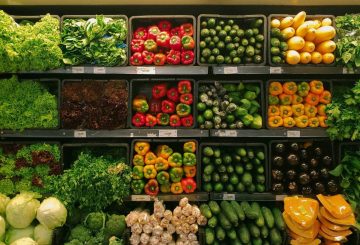1953 年 5 月 29 日,埃德蒙·希拉里爵士和夏尔巴人 Tenzing Norgay 登上了珠穆朗玛峰的山
顶。
作者:资深记者高拉夫·夏尔马
在
埃德蒙·希拉里爵士和夏尔巴·腾津·诺尔盖成为首批登上世界最高峰的登山者七十年后,尼泊尔社区再次呼吁在新西兰正式庆祝珠穆朗玛峰
日。
两人于1953年5月29日上午11点30分登上珠穆朗玛峰的山顶,巩固了两位登山者之间的长期友谊,这种友谊发展成了两国之间持续的关系。
尼泊尔在2008年希拉里去世后开始将这一日子定为国际珠穆朗玛峰日,但新西兰并未效仿。
从那以后,尼泊尔和散居国外的尼泊尔人一直在庆祝这一天,以此促进阿尔卑斯山旅游,标志着尼泊尔和新西兰之间存在的特殊纽带。
自2019年以来,新西兰政府一直在举办珠穆朗玛峰日庆祝活动。新西兰政府自2019年以来一直举办珠穆朗玛峰日庆祝活动。该活动的亮点之一是珠穆朗玛峰的三维模型的揭幕,该模型追溯了希拉里和腾讯1953年的
路线。
按照传统,组织者拍卖了一张由希拉里签名的5美元纸币,用于喜马拉雅信托基金在尼泊尔正在进行的工作。周六在奥克兰举行的珠穆朗玛峰日庆祝活动上,公布了珠穆朗玛峰的三维模型,该模型追溯了埃德蒙·希拉里爵士和夏尔巴·腾津·诺尔盖曾经攀登世界最高峰的路线
。
埃德蒙的儿子、喜马拉雅信托基金主席彼得·希拉里呼吁公众慷慨捐款,支持尼泊尔。
来源:r ad ionz.co.nz





























































